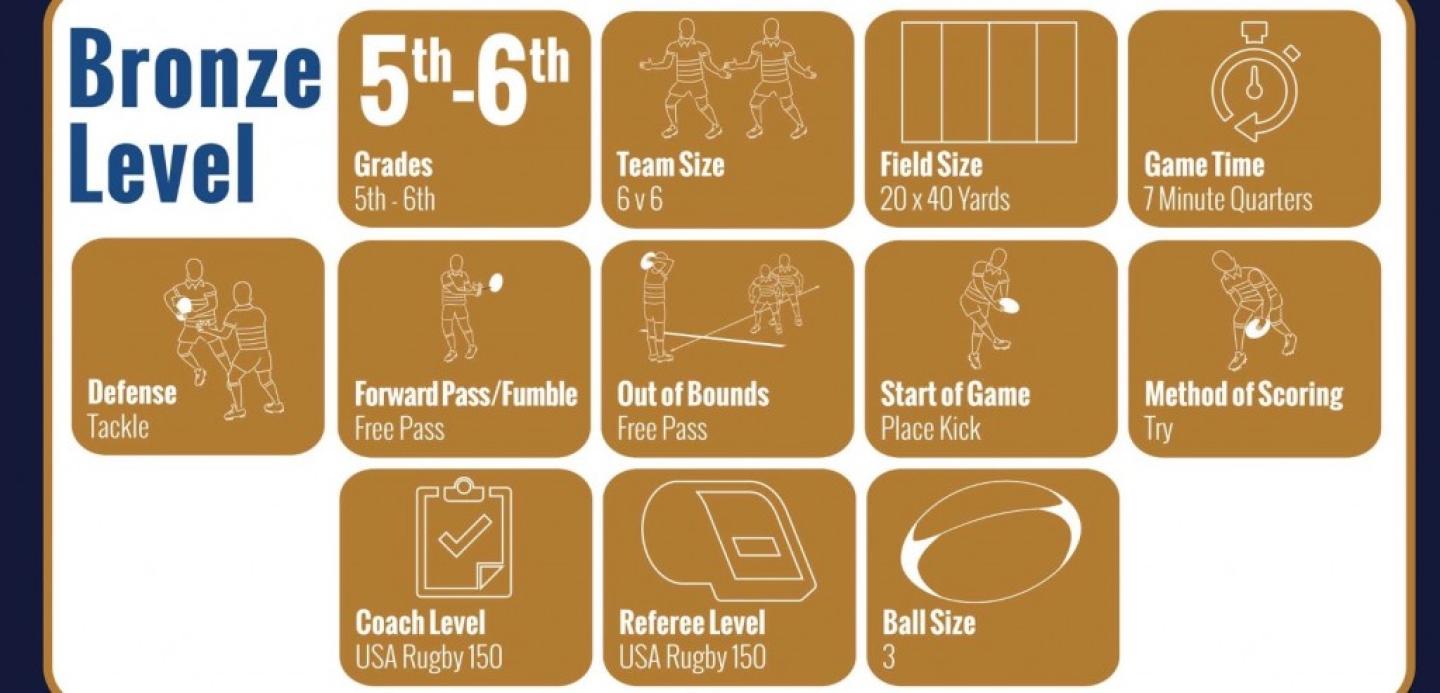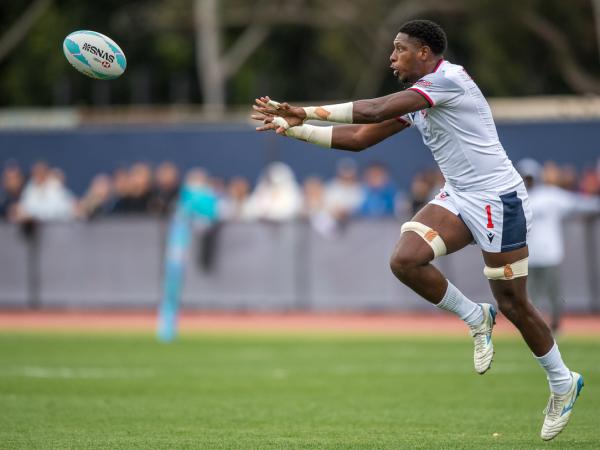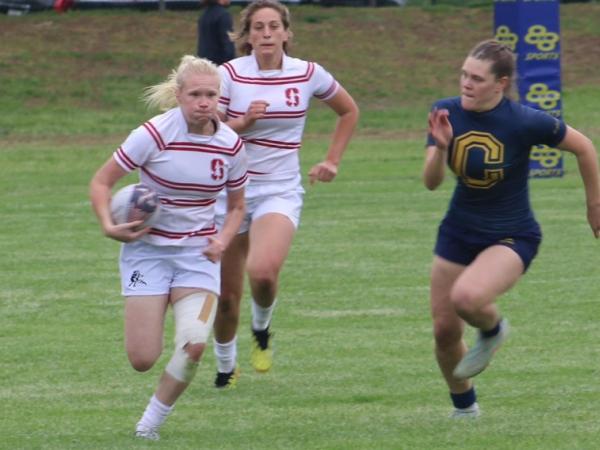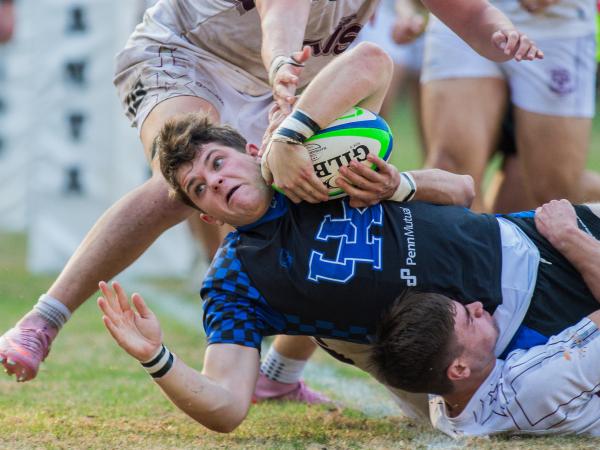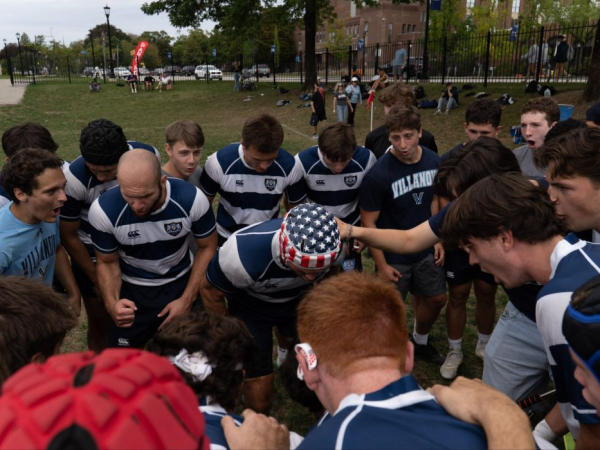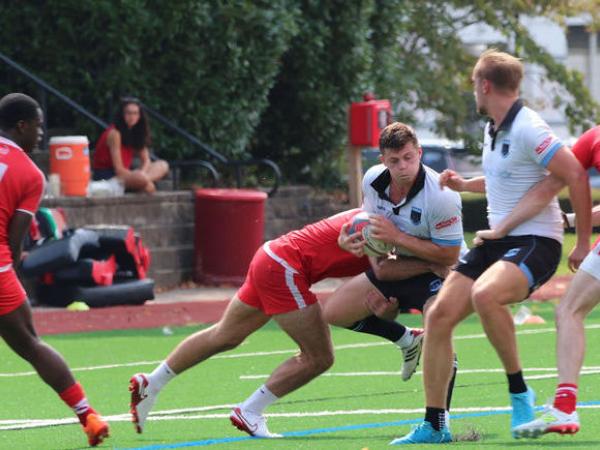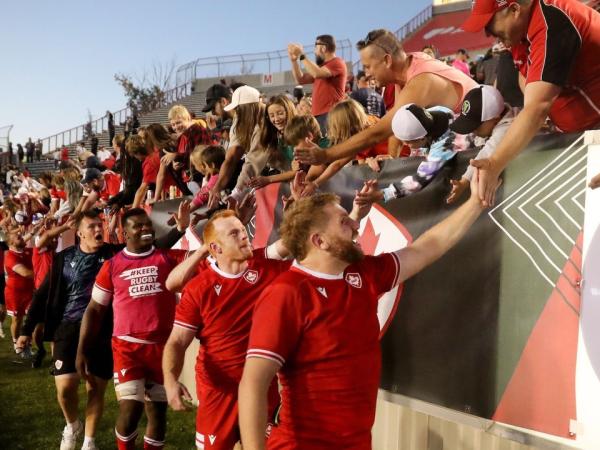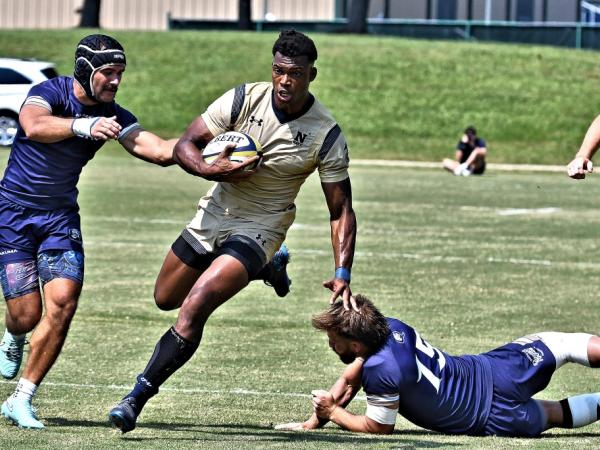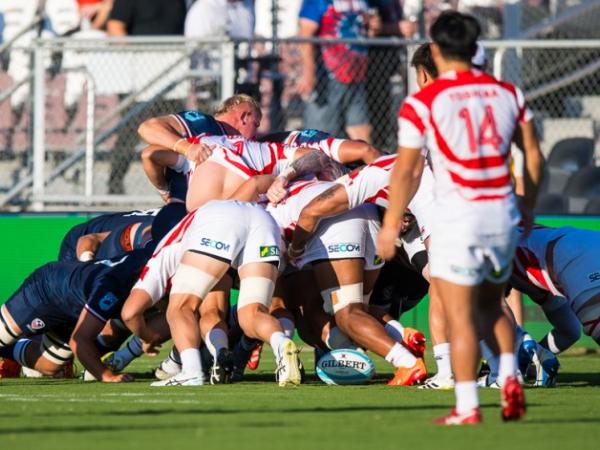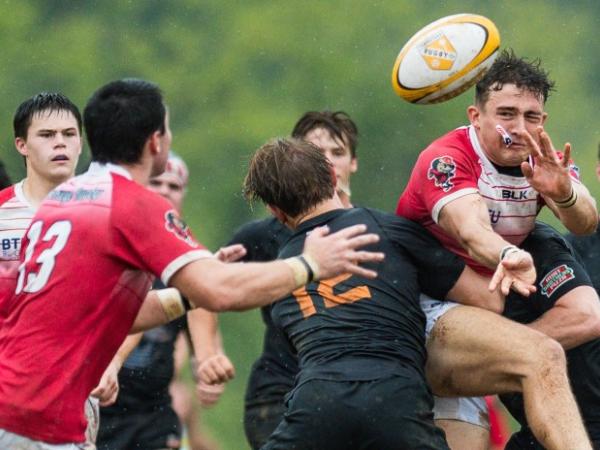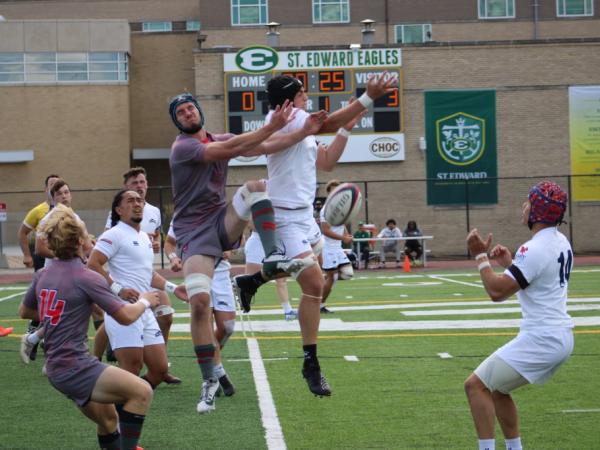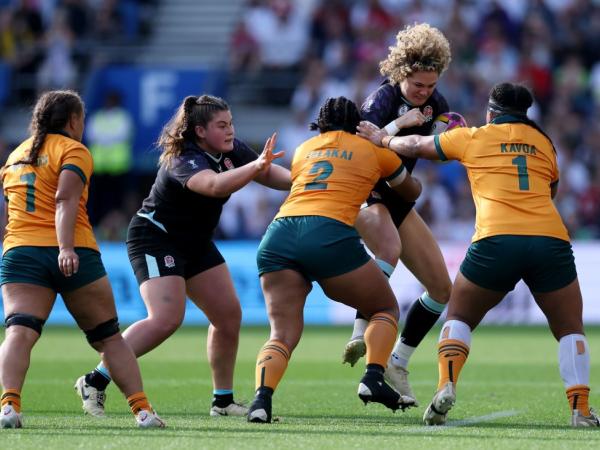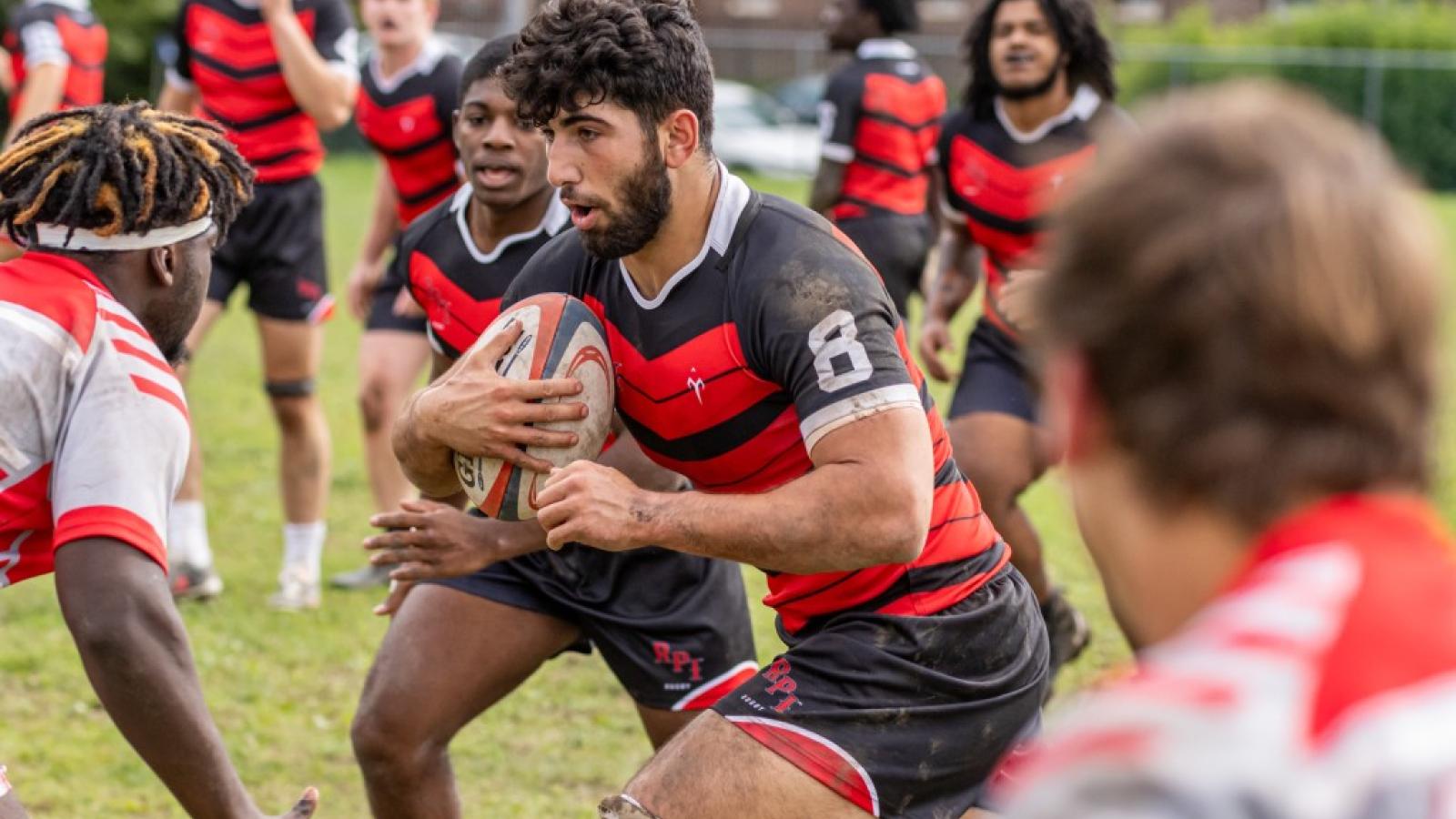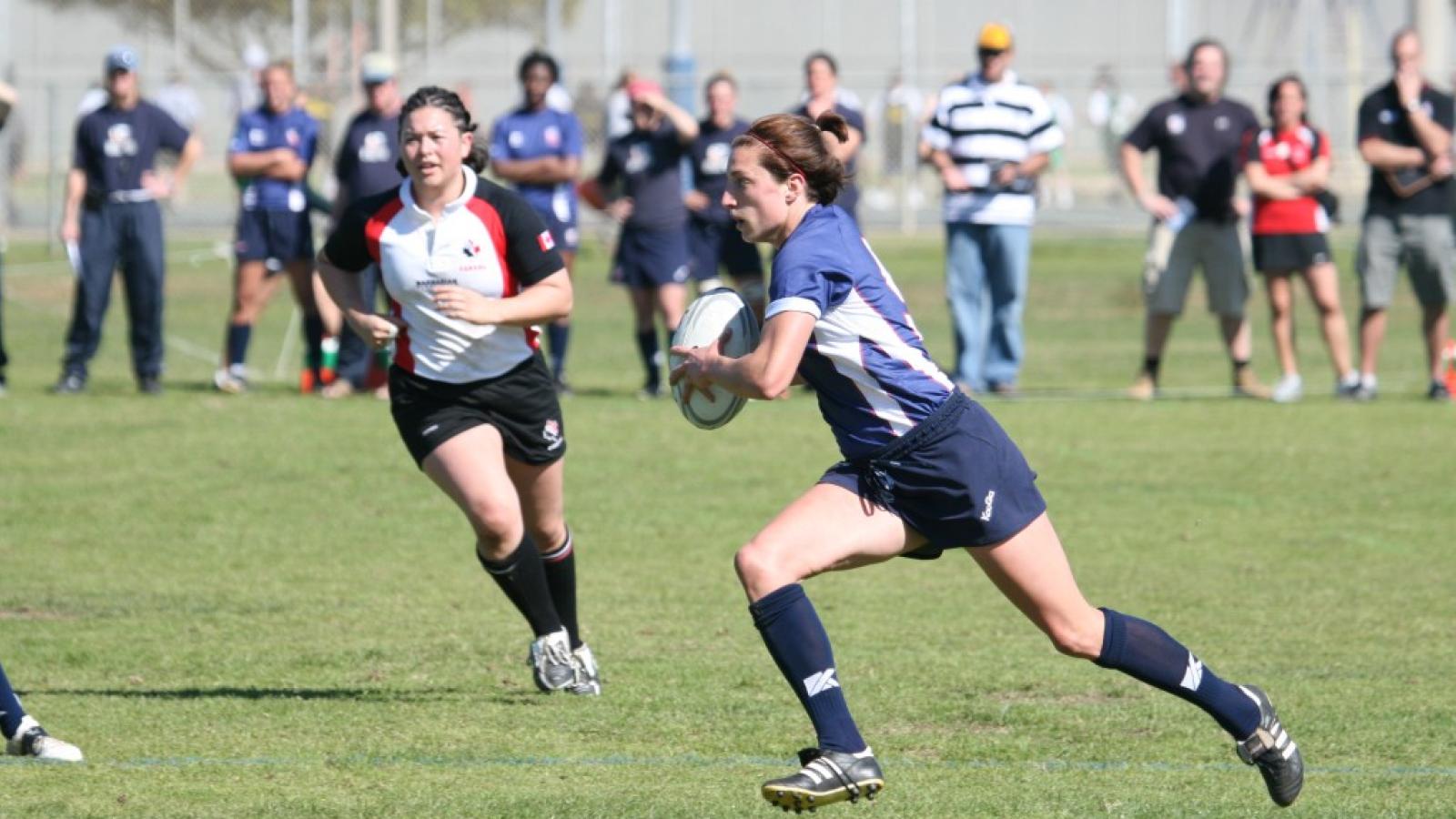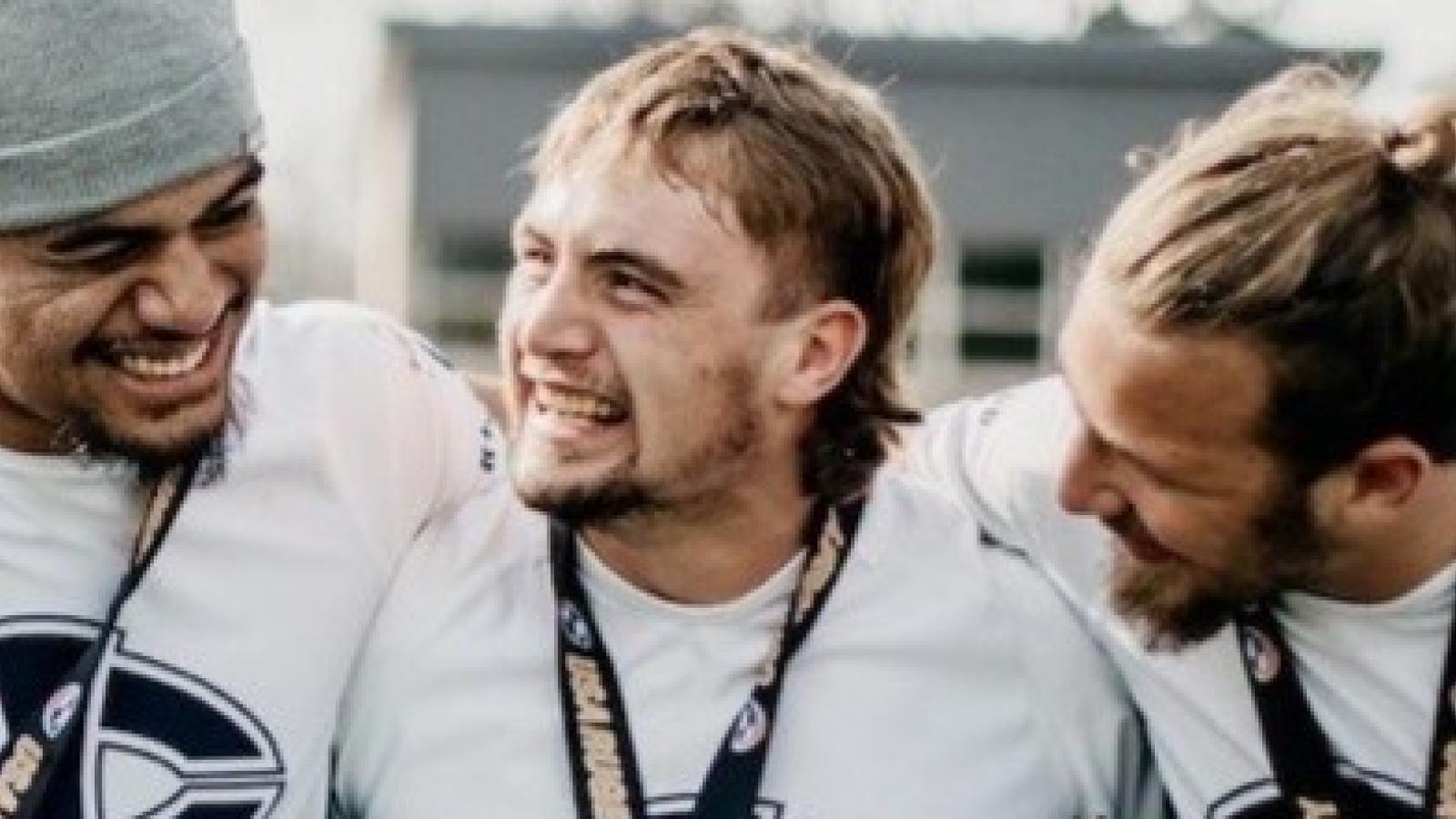In looking at comments from readers regarding introducing contact you young rugby players, we are starting to see something of a consensus among rugby coaches who coach at the youth level.
For background go here:
USA Rugby Soliciting HS-Youth Eligibility Opinions
Make Your Voice Heard on Youth and HS Issues
Readers and Goff Respond to Youth Survey Discussion
Youth & HS Issues - Select Sides
HS Feedback - One Coach's Letter
Ultimately, the vast, vast majority of people who sent us letters and responses (basically cc'ing Goff Rugby Report on what they were sending USA Rugby) say that gradually introducing contact makes sense, but USA Rugby's initial plans ...
... are too gradual and don't give enough credit to the coaches.
USA Rugby Youth & HS head Kurt Weaver defended the above documents, saying they were just a start. But the complex layout complete with the US Olympic Committee seal makes it appear otherwise.
Coaches want to know if this Bronze-Silver-Gold plan will be just a suggestion, or a rule. If it's a rule, many will break it, because they disagree strongly.
Among the aspects of the suggestions that coaches who wrote to us disagree with:
Tiny field size - only 20x40 yards for 12-year-olds (6th grade), and only 30x50 yards for 12- to 13-year-olds (7th grade). A 30x50 is about 1/5 of a regular rugby field. Or, put it another way, a regular rugby field is almost five times (4.7) the size of the suggested playing field for a kid in 7th grade. This, say coaches, teaches kids nothing about learning how to read space in the game, let along the fitness, and work off the ball needed to play the game well.
(Additional note: The suggestion for 8th grade, that is, players 13 or 14 years old, is 40x70 yards, which is 40% of a regulation field.)
Scrums and Rucks. The above documents recommend only three-on-three, uncontested scrums. It's another situation where coaches are saying they are being somewhat insulted by the implication that they don't know how to at least work in a larger scrum.
Rucks are similarly de-emphasized. The rucks are suggested to be only one-on-one, but not contested (as with the scrums, the Bronze level has no rucks at all). Given that so many penalties are called at the breakdown already, it seems that at least teaching players how to enter the breakdown through the gate in multiples is a skill they should learn before they enter their teens. The reasoning behind this suggestion is, in part, because the plans call for teams of only six or seven players.
(Why USA Rugby thinks it's best practice to play 6-on-6 in 6th grade but it's OK to play 7-on-7 in 7th grade remains a mystery.) In fact, the idea of not playing 15s extended past middle school. The USA Rugby Youth Rules Variations Vision states, and we quote: "Best practice for development is school based leagues playing 7s and post season travel club leagues are 7s or 15s."
That's the quote under 11th and 12th grade.
USA Rugby's Youth Rules Variations Vision suggests that the plan transitions players from "Training to Train" to "Training to Compete" to "Training to Win" and yet doesn't even want players to play 15s until 11th grade, and then grudgingly.
Tackling: Few coaches who contacted us had a problem with easing tackling into the game based on a player's ability to handle the contact. The idea that players at a young age - 10 or so - should start with touch or flag rugby, didn't meet with a great deal of resistance, other than coaches wanting the option to teach contact based on their own knowledge and expertise.
Introducing lineouts, kicking, and other complex aspects of the game. Coaches had mixed feelings about this. There's plenty of evidence that teaching kids how to drop kick and punt the ball early in their development makes them better at it. It makes a lot of sense to avoid lifting in the lineout until bodies get stronger, but the concept of a lineout isn't that hard to figure out, say some observers. Introducing the concept at 7th grade level seems about right, said commenters.
So the consensus is that the above documents have their heart in the right place with regard to middle school-level rugby, although some of the aspects of play are introduced too slowly.
But at the high school level, players are not learning how to play 15-a-side rugby, not learning the more complex aspects of play, and not learning how to handle the tight forward play such as scrums, rucks, and mails. (It is noteworthy that the documents make no mention of mauls, a hugely important part of the game that takes some time to teach and perfect.)
In addition, the slow movement to a normal-size field and a normal-size team can serve to drive kids away from the game. One of the great attractions of rugby is that all shapes and sizes can contribute. But if you're playing 7s all the time, that's not the case as teams run the risk self-selecting for speed.
In closing, as we once again suggestion you tell USA Rugby what you think (USA Rugby Soliciting HS-Youth Eligibility Opinions), here are some comments we received in the last couple of weeks:
Reader Comments
I started our MS program in 1992, after being beaten 27-0 by Highland in the National Championship game the previous year. I was convinced that we would never be able to compete internationally until we developed our own youth development system. We had US Eagles Inaki Basauri, Tom Sanders and Jeff Bogart all come out of that program.
I started our MS program, we had to travel to Pennsylvania to get games. They were all tackle until the PRUYL got started. I required all of our players had to play in touch games, or they could not play in tackle games. I think there should be a definitive age set by USARFU for starting tackle -- maybe twelve, ten, something right around there.
______
If these were requirements, we'd need many more coaches, practices, field space, matches, referees and medics. I estimate our club's budget would grow 25-50% in the first year. Difficult to explain, but it would also be hard on our volunteers. We would have a hard time maintaining our attractive culture if all the players (who in the past have ranged from 10 to 19) are not playing the same game, going to the same socials, practicing or travelling together. Our 5th-9th graders have been attracted to playing with the upperclassmen, and are well treated by them. I'm mystified by the opinion that this is why they avoid rugby. Let’s also not underestimate the difficulty of every coach and referee for kids 10th grade or younger being retrained and learning new rules.
______
I think that USARFU should have free coaching clinics throughout the nation. Free as in free to promote and develop grass roots rugby
______
... you would be surprised how hard it is to teach a 17 year old kid who has never played rugby before how to tackle around the legs at that age because all he knows is how to go high and shoulder charge like they do in football because that is all they have been taught since they were 5 years old. I honestly believe that if kids are taught at a young age to tackle around the legs, it will make them safer, the player they are tackling safer and also reduce the amount of injuries such as concussions. Another thing I disagree with USA Rugby's policy of kids not being allowed to play more than 90 minutes of rugby in a day. When I was a kid growing up in Australia, it was nothing for me and my friends to play 2-3 games a day. The reason why we played so much was we felt that we improved our skills with the more we played. I feel that the quality of our youth rugby would get better if they were allowed to play more rugby than what they are now.
______
This is an astonishing, and disheartening, evaluation of our youth game. If your only goal is to increase participation, this MAY help. As for preparing American rugby players to compete internationally, it spells doom for our national team. I coached youth, middle school and high school and was a co-founder of the youth program of the Marin Highlanders, and this would turn away as many kids as it would attract. You must retain the current norms as they stand today, please don't dumb down the game.
______
I'm not saying younger players shouldn't have some sort of variation if a local league feels it's necessary; but the idea of "dumbing down" rugby for younger players does the players a disservice and quite honestly as a coach I find it insulting. What I take from this is that Kurt Weaver and USA Rugby don't trust coaches to properly prepare young players to compete safely and they don't trust coaches to be able to decide when and if players are capable of playing in a game with full u19 laws.
Now if the goal of the simpler laws is to make it easier to bring in new coaches I'd at least understand the point of the changes. But if more coaches is the goal then instead of fundamentally changing the sport why not try taking down roadblocks like requiring volunteer coaches to pay for a level 200 class or charging them a yearly CIPP to volunteer their time?






